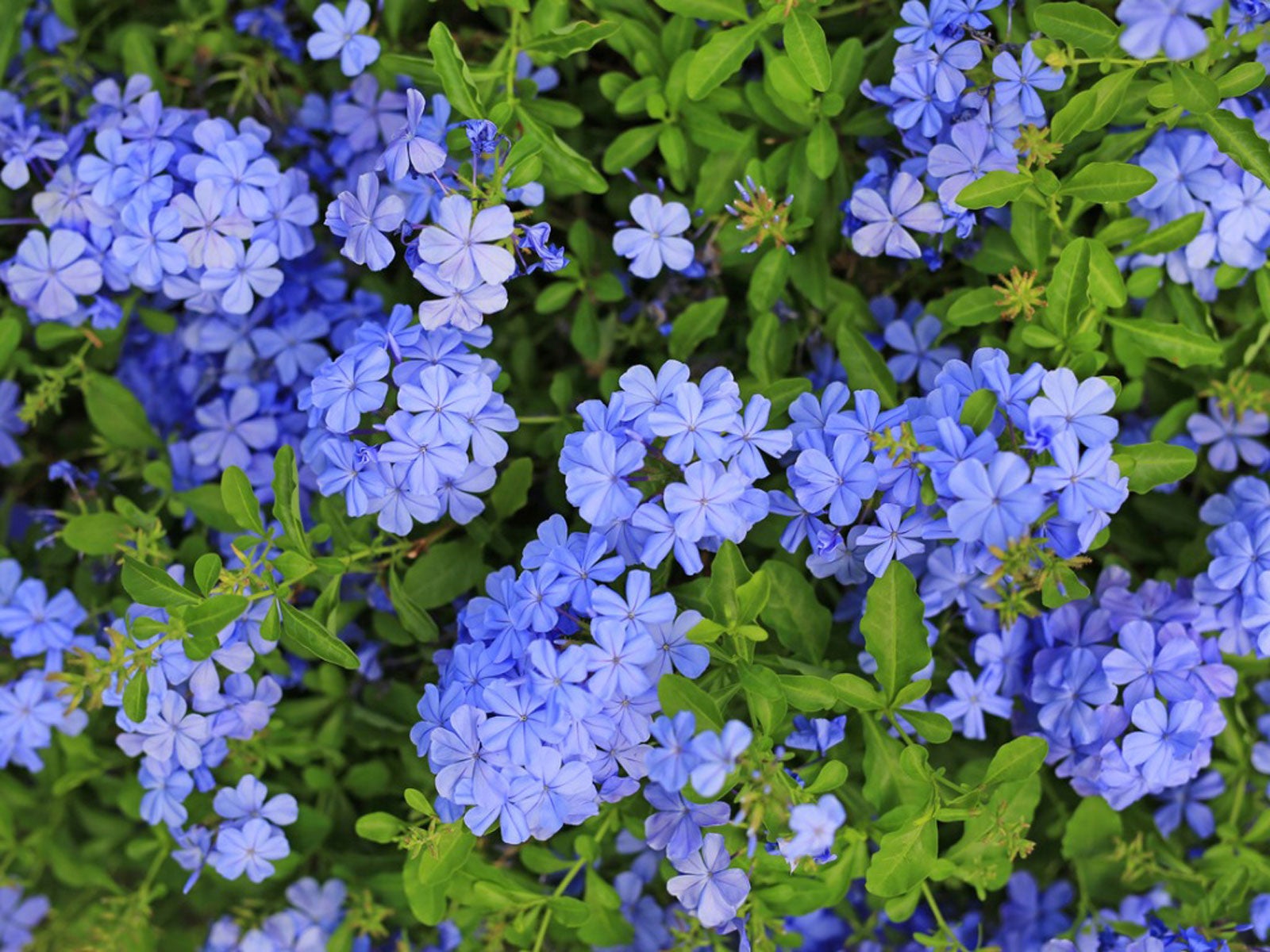The Azure Embrace: A Comprehensive Look at the Captivating Plumbago plant
The Plumbago, often referred to as Leadwort, is a genus of flowering plants that has captivated gardeners and horticulturists for centuries. Its most striking feature, the vibrant, often sky-blue flowers, lends an ethereal quality to any landscape. Beyond its aesthetic appeal, Plumbago offers a range of practical applications, from traditional medicinal uses to its role as a hardy and adaptable garden specimen. This comprehensive exploration delves into the various facets of the Plumbago plant, covering its botanical characteristics, cultivation, diverse uses, and potential challenges.
The genus Plumbago belongs to the family Plumbaginaceae, a group known for its diverse range of flowering plants. While the most commonly cultivated species is Plumbago auriculata (also known as Plumbago capensis), there are several other notable species, each possessing unique characteristics.
Plumbago auriculata: The Garden Favorite

This species, originating from South Africa, is renowned for its profusion of light blue, phlox-like flowers. It is a sprawling, semi-scandent shrub that can reach heights of up to 6 feet, making it ideal for hedges, borders, and container gardening.
Plumbago zeylanica: The Medicinal Marvel
This species, found in tropical and subtropical regions worldwide, is distinguished by its white flowers and its significant medicinal properties.
Other Notable Species
Plumbago scandens: A climbing species with white flowers, found in the Americas.

Cultivating Plumbago is generally straightforward, making it a popular choice for both novice and experienced gardeners. Success hinges on understanding the plant’s basic requirements and providing appropriate care.
Soil and Sunlight
Plumbago thrives in well-drained soil. While it can tolerate a range of soil types, including sandy and loamy soils, heavy clay soils should be amended with organic matter to improve drainage.
Watering and Fertilization
Newly planted Plumbago requires regular watering to establish a strong root system. Once established, it is relatively drought-tolerant and can withstand periods of dryness.
Pruning and Propagation
Pruning is crucial for maintaining the shape and size of Plumbago and for encouraging flowering. Light pruning can be done throughout the growing season to remove spent flowers and to shape the plant.
Pest and Disease Management
Plumbago is generally resistant to pests and diseases. However, it can be susceptible to aphids, spider mites, and whiteflies.
The Plumbago plant offers a range of practical applications, extending beyond its ornamental value.
Landscape Design
Plumbago auriculata is widely used in landscaping for its vibrant flowers and adaptability. It can be grown as a hedge, a border plant, or a ground cover.
Traditional Medicine
Plumbago zeylanica has a long history of use in traditional medicine.
Natural Dye
The roots of some Plumbago species, particularly Plumbago zeylanica, have been used as a source of natural dye.
Potential Challenges and Considerations
While Plumbago is generally a hardy and adaptable plant, there are some potential challenges and considerations to keep in mind.
Toxicity
Plumbago contains plumbagin, which can be toxic if ingested in large quantities.
Invasive Potential
In some regions, Plumbago auriculata has been reported to be invasive.
Cold Tolerance
While Plumbago is relatively hardy, it is not frost-tolerant.
The Plumbago plant, with its captivating blue flowers and versatile applications, is a valuable addition to any garden or landscape. Whether grown for its ornamental appeal, its medicinal properties, or its practical uses, Plumbago offers a unique blend of beauty and utility. By understanding its botanical characteristics, cultivation requirements, and potential challenges, gardeners can successfully cultivate this remarkable plant and enjoy its azure embrace. The Plumbago, with its delicate flowers and robust nature, continues to enchant and provide a touch of serene beauty to the world.
